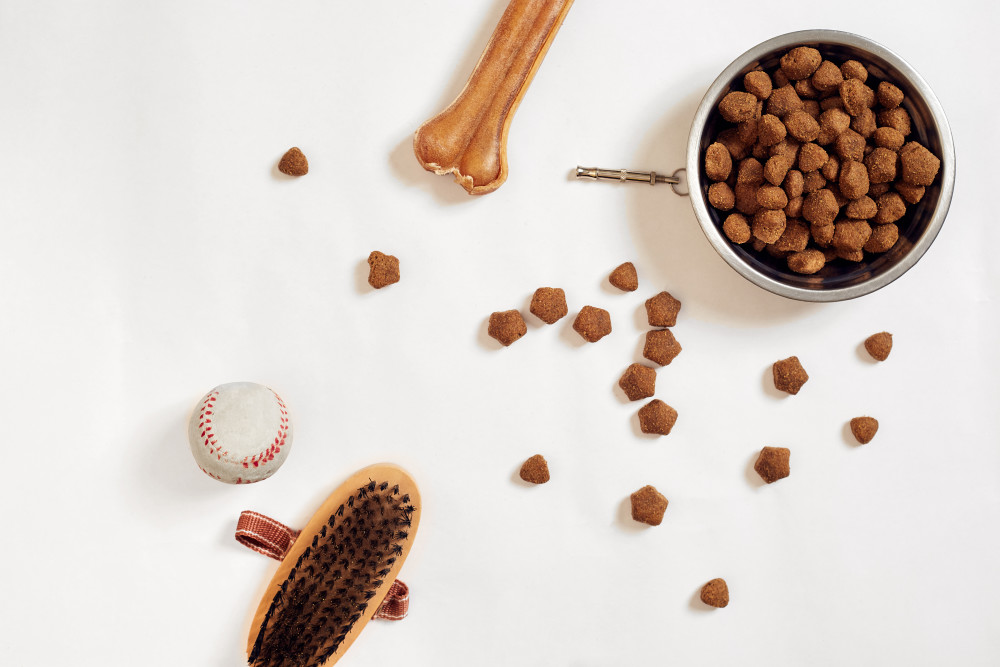Papillon

Papillon Overview
This dainty dog might be small in stature (between 8-11 inches) but it’s definitely big in ear size. In fact, their ears are the inspiration for the breed name — “papillon” means “butterfly” in French. Some Papillons have erect ears, while others, known as Phalenes, have droopy ears. Papillons have a silky coat that comes in a variety of colours, though their base coat is alway white. Other combinations include sable, brown and white, fawn and white, black and white or red and white. Papillons are delicate and demure in demeanour, but they can get a bit bossy! A true team player, they love being part of their human pack. Equally happy in a condo or a farm, Paps are easy-going when it comes to their living arrangements. They are also quite spry, excelling at agility courses and always picking up new tricks.
Papillons were first bred to warm the laps of the noblest royals all across Europe. If you visit a museums, you’ll often see them posing in portraits by the likes of Rubens, Rembrandt, Goya, and Toulouse-Lautrec. They came to be in Renaissance times, when toy breeds were crossed with spaniels, which could explain Papillons gusto when it comes to competition.
Did you know?
Marie Antoinette was devoted to Papillons.
Papillon Stats
Kid-Friendly
Good with other animals
Easy to train
Therapy dog
Service dog
Caring for your breed
Daily kibble serving
1-2 cups
Daily exercise
1 hour
Grooming frequency
Brushed Regularly

Feeding your Papillon
A Papillon should be fed a high-quality dog food appropriate to its age, whether puppy, adult or senior. Be careful of your Papillon’s calorie consumption and weight level. Treats can be great incentive in training, but be aware of how many you feed them, as too many can lead to obesity. Refrain from sharing table scraps and especially avoid cooked bones and foods with high fat content. Learn more about what human foods are safe for dogs, and which are not. It’s important to talk to your vet if you have any concerns about your dog’s weight or diet. Always make sure your Papillon has fresh, clean water available.